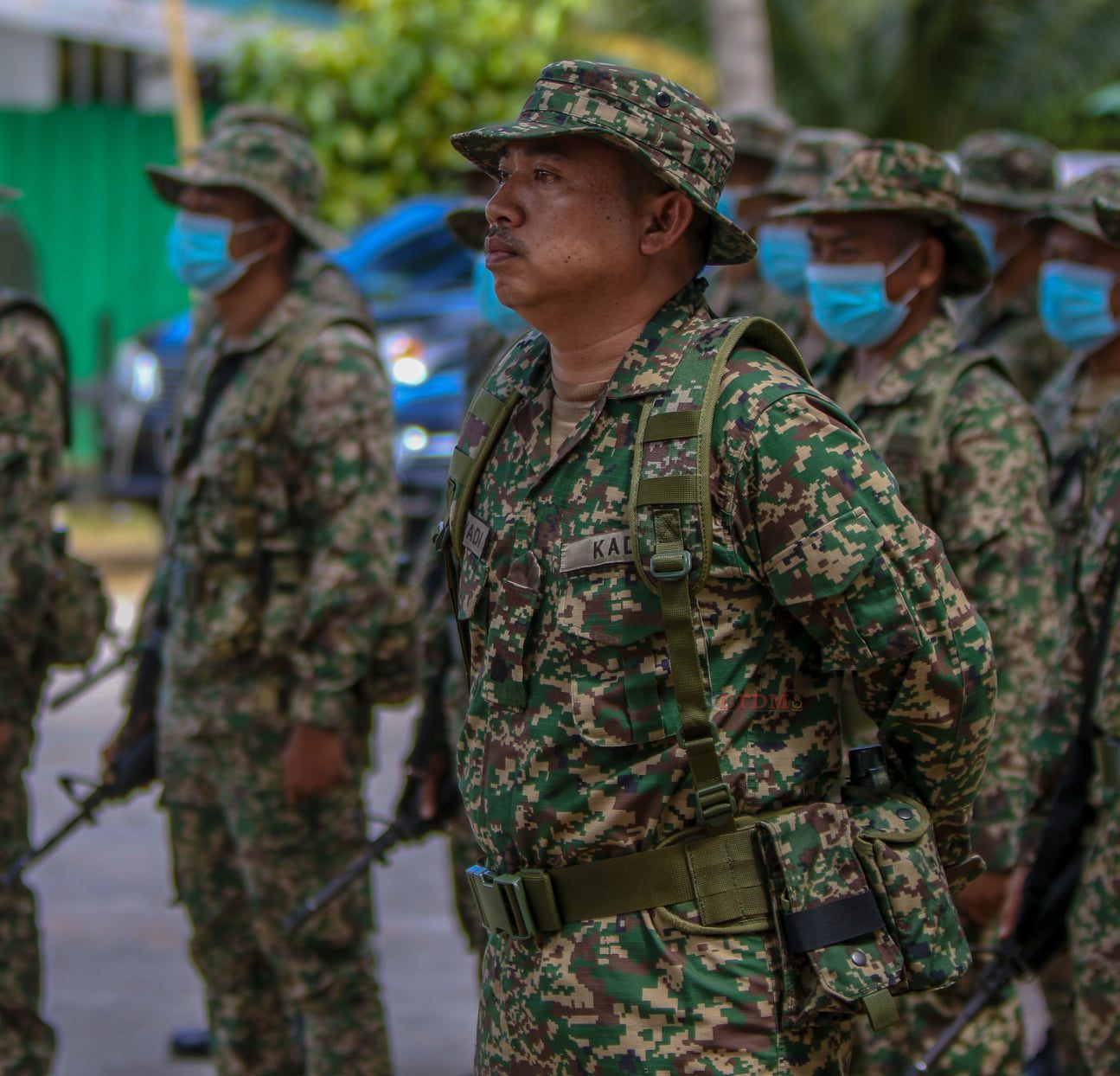
SHAH ALAM: Digital pattern webbing for the Army. The Army has a issued a request for bids for 49,431 “webbing digital equipment set complete” to be supplied within three years. The digital pattern webbing consists of a belt, shoulder harness and pouches for ammo, water and other personal items. The items could be used separately or in one ensemble, for operational or ceremonial duties.
According to the specifications:
There is a requirement to equip the army personnel with an effective and ergonomically designed pack and webbing, which will afford the soldier to bear the load with ease, comfort whilst not hindering his movement or tactical action in all situations. It shall be designed to allow enough space to store personal equipment required by the soldier to sustain and operating effectively throughout the operation.
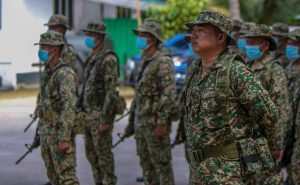
What is interesting that the webbing pack has largely been superseded by the body armour vest in most armies though these have been retained for parades and other ceremonial duties. The pouches from the current and the new ones being sought could also be fitted on MOLLE compatible body armour vest.
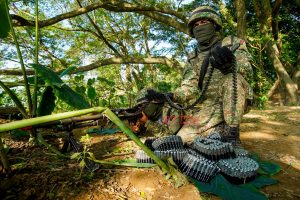
It is for this reason, most of the webbing gear pictures used in this post were those taken during parades.
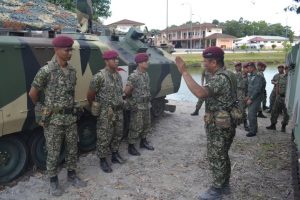
That said the current Malaysian Army webbing pack – including those of the RMN and RMAF – look very awkward as they did not seem to fit to the wearers body. Furthermore the flaps and D-rings -usually made of plastic – looked very fragile (see the first picture, above and the fourth, picture below).
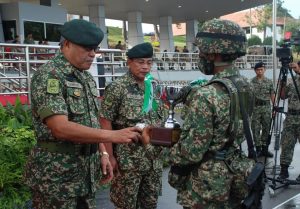
As I was researching the Internet on other users, I found out that the Royal Thai Army and the Royal Thai Marine Corps also used webbing gear during parades and other ceremonial duties. Theirs of course looked nicer and well designed and tailored.
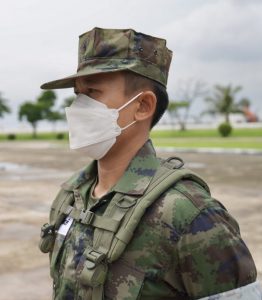
Hopefully the supplier for the RFB will be able to produce a webbing pack that is sturdy, almost soldier proof and looks good as well as the ones used by the Thai marines (above and below).
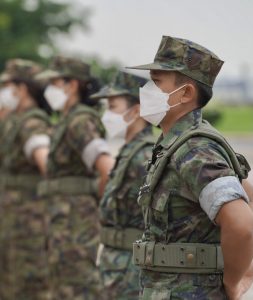
— Malaysian Defence


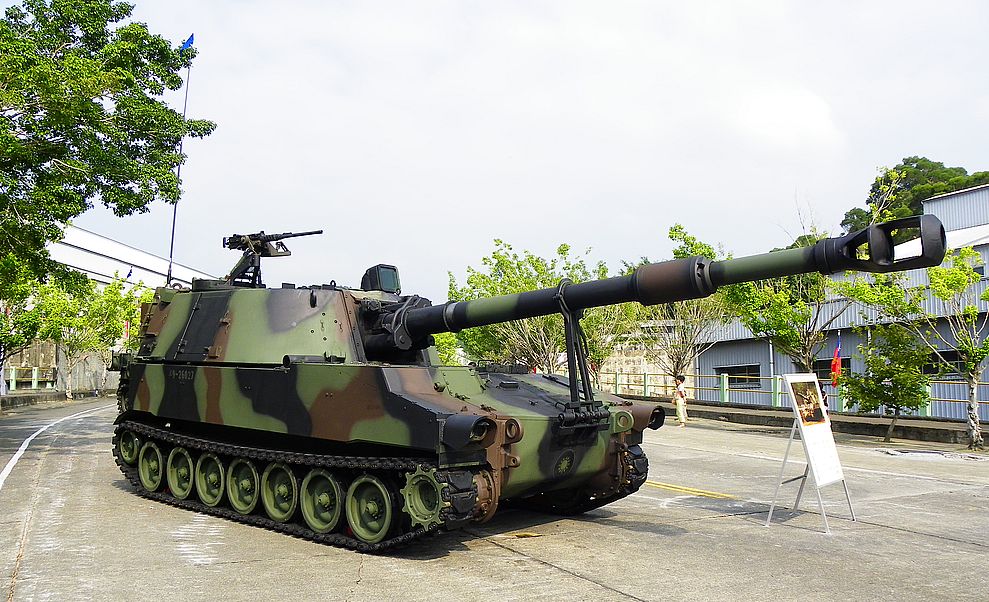
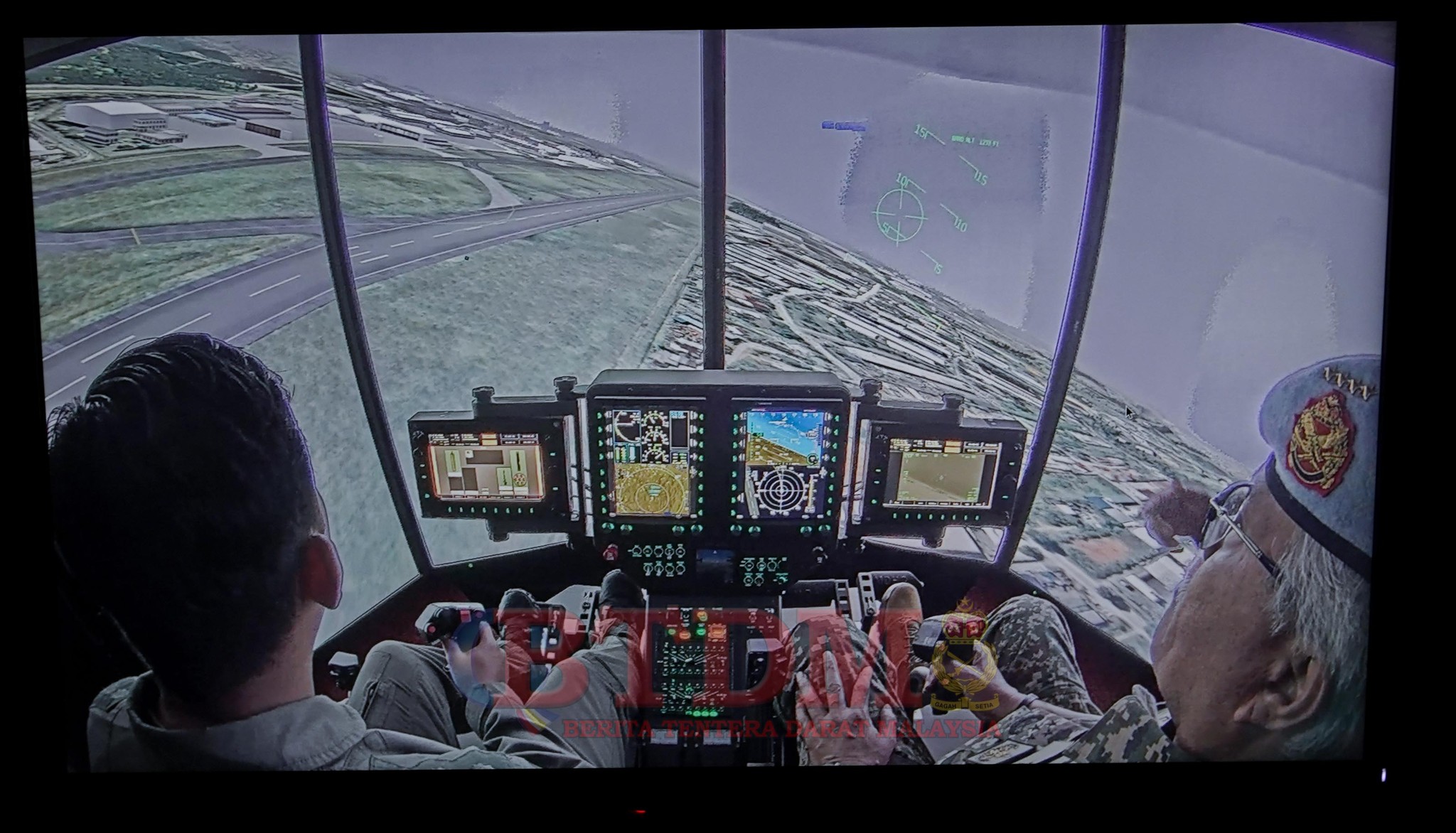
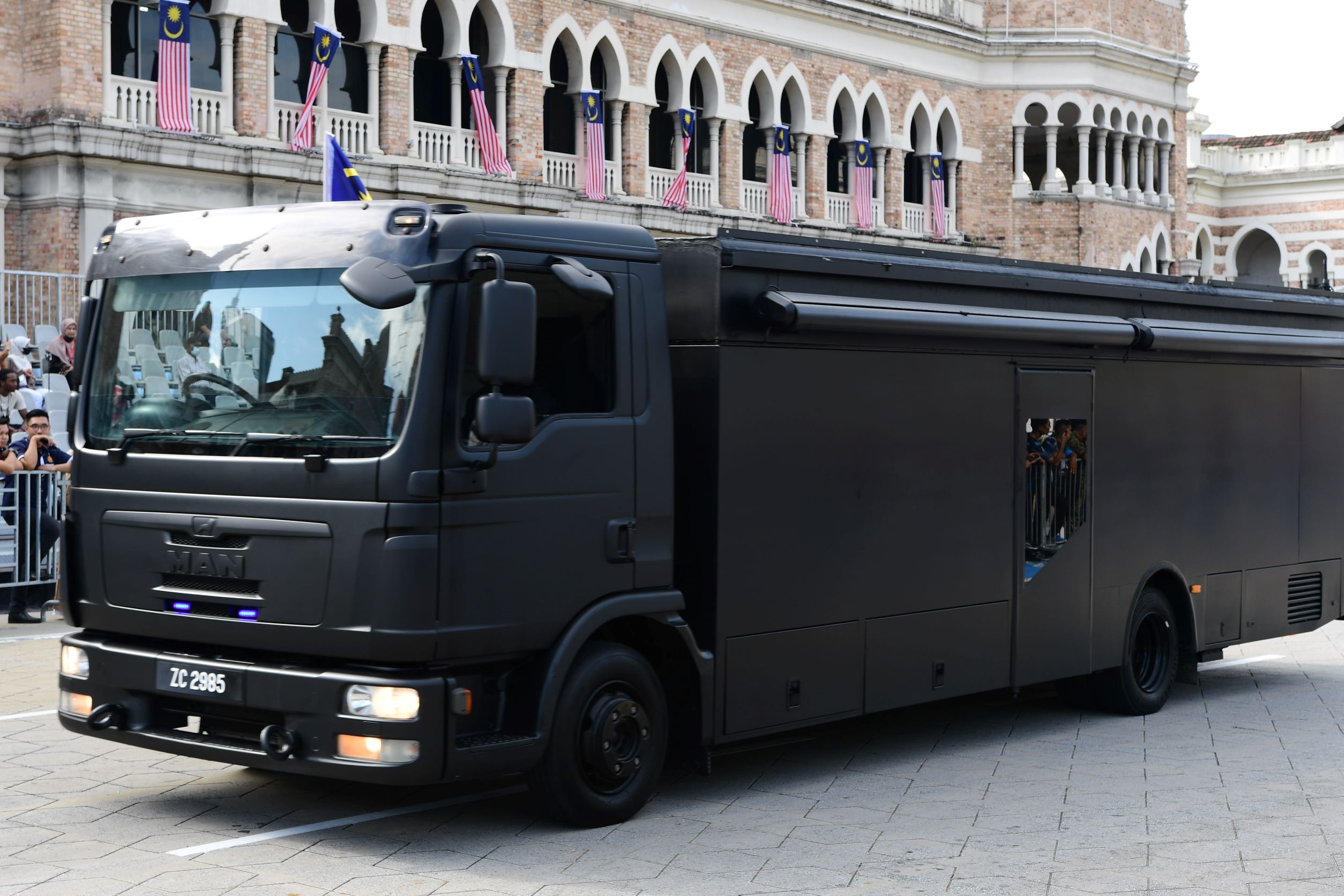
Correction- the pics you posted appear to be Thai Marines.
>webbing
>body armor
You’re thinking about chest rigs, and for Malaysian army, whose still emphasize jungle, using webbings is much better than chest rigs which is more suited for MOUT or mass motorized infantry wave like what soviet soldier did in the cold war (before catching on with western militaries). Also chest rigs could be worn over body armor and some body armor design had that molle loops where soldier can mount magazines and other essentials that simulates chest rigs.
This isn’t a catch all solution as mechanized infantry units and para would be better off with chest rigs than webbings
>looks
If it works just fine who cares about the looks. IDF soldiers sometimes looks like a hobo and yet they are one of the most effective fighting force on earth. Are we going to buy stuff just because it looks good on parade?
Why ill-fitting? Because we most probably used a 2 bit supplier with cable whom have no clue how to design a proper fitting one. They probably saw pictures of such a webbing and tried to copy its design but do not have any idea how a proper webbing would function.
Now with a tender process in place, hopefully this time we get a real webbing maker.
yes, thanks
Webbing is outdated. Spend the money on body armor/LBV instead
dundun,
Chest pouches were first widely used by guerillas in various bushwars, the Chinese much earlier and later by the NVA and VC – the so called “Chicom’ rigs. The century before had seen the introduction of fun bandoliers which was chest worn. One of the first Western armies to widely use chest rigs and assault vests were the South Africans. Before that the Rhodesians made use of captured or copied rigs.
In time usage caught on with Western armies and by the 1990’s the Brits were already issuing the “Northern Ireland’ chest rig to troops. For quite a long period the Rolls Royce of chest rigs was one made by Arktis a British company.
The traditional issue with chest rigs is that it is uncomfortable for the wearer when he/she is lying down and in tropical or non temperate climates can be hot as they cover the chest. Whether it’s a standard belt order, chest rig, assault vest or load carrying vest, none us better. Depends on the context [how much has to be carried over what distance and for how long] or preference.
The Malaysian army doesn’t put emphasis on the jungle anymore but urban ops and in places such as estates. For one there is less jungle and external actors gain nothing from operating in the jungle. Most areas of strategic importance are in urban areas.
“The Malaysian army doesn’t put emphasis on the jungle anymore but urban ops and in places such as estates. For one there is less jungle and external actors gain nothing from operating in the jungle. Most areas of strategic importance are in urban areas.”
This particular misconception comes from our history. The popular image of konfrontasi and the emergency is hard to challenge.There is also a popular misunderstanding of the Japanese campaign in Malaya. Never mind that on those occasions when the Japanese did resort to jungle warfare, the objective was to outmaneuver British units that were holding strategic locations that were outside the jungle, and not to take strategic pieces of jungle.
Also, we have a combat training centre that has historically taught jungle techniques. It does not help that foreign forces visit this place, which contributes to the conclusion that we are experts in jungle warfare.
those who body armour vests can also used the pouches from the webbing on them as these are all MOLLE compatible. As for looks, I am believer in the adage, form follow function. If does not look good it will not work as well as advertised.
AM,
Our competency in jungle warfare was only acquired by the 1970’s. At the time of the Confrontation it was Commonwealth units [some with WW2 and Emergency experience], as well as Ibans who had the needed experience. Malaysian units deployed to the jungles of Sarawak took time to adept. By and large Malaysian units only acquired the knowledge and experience at a much later date.